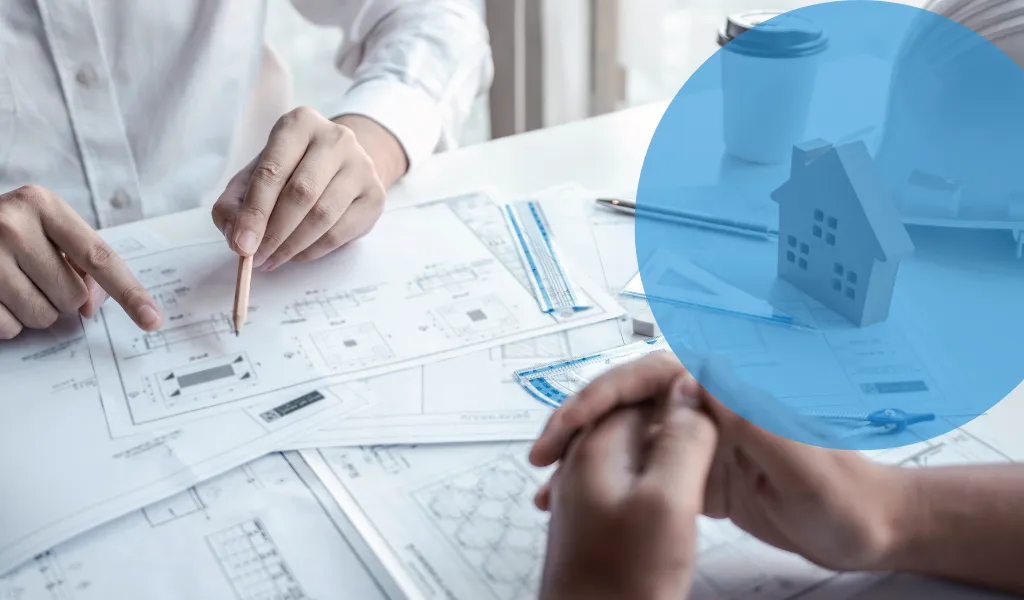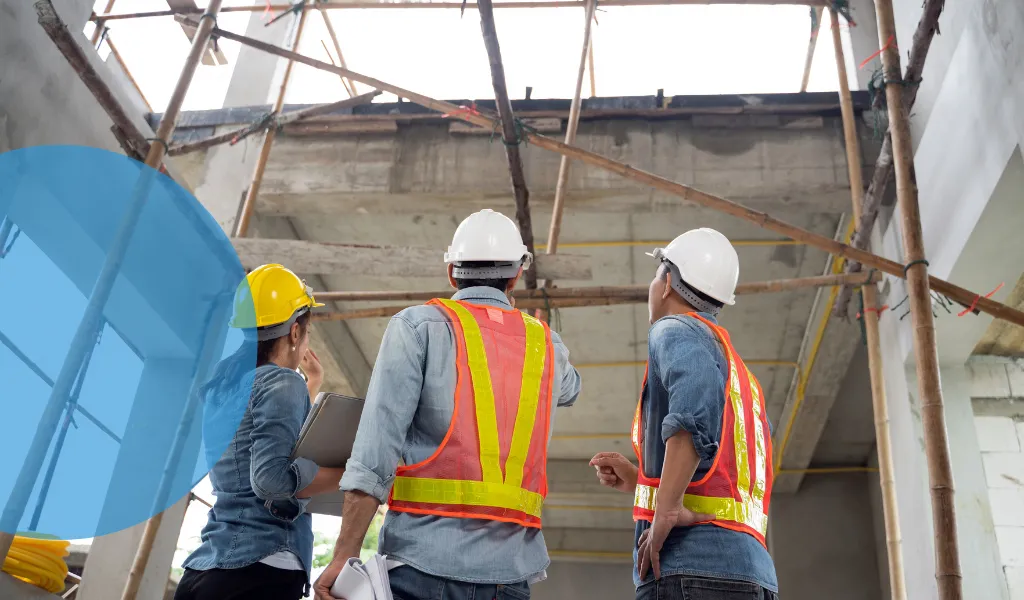Let’s go back to the 2018, the year the UK Government decided to consider new expenses businesses sustained. Not just any expenses, but those incurred on non-residential structures and buildings. They granted a tax relief on specific assets that did not qualify for capital allowances. That is how Structures and Buildings Allowance came into being.
The mission behind the new legislation is to increase investment in construction. This leads to efficiency in advancement and improvement of commercial buildings and structures.
What are SBAs?
SBA is offered for qualified expenses that were paid on the construction of new commercial buildings and structures. It is also available for the development of existing commercial buildings. Not only is it provided for UK properties, but overseas buildings as well. Only if the expenditures fall under the charge to the UK tax category. It is important to note that SBAs to not apply to buildings that are used for residential purposes.
As of right now, SBAs are at 3% per annum on a straight-line basis. Which translate to over 33⅓ years.

What Qualifies as Structures and Buildings Allowance Expenditure?
Expenses that qualify for SBA include the amount paid on buildings and structures. Incidental costs are also qualifiable. For example, land alterations and demolition work as they facilitate the construction of the building.
Any expenses incurred on land are not applicable for relief. Alteration of the land for establishing a building is an exception to this rule.
Expenditure on plant and machinery is not eligible for Structure and Buildings Allowance. It qualifies for Plant and Machinery Allowance. Therefore, it is important to separate the two through a capital allowance analysis.
Businesses can receive higher annual relief rates for PMAs on plant and machinery.
Buildings in Residential Use
Residential buildings include private dwellings, student housing, boarding schools, and prisons. Notable exceptions include hotels and nursing/care homes. Divide the cost of the building between residential and non-residential use in a fair manner.
Hold Relevant Interest
A taxpayer can claim SBA if they hold a ‘relevant interest’ in the buildings or structure for which they paid expenses. Freehold title, a lease, and sometimes an agreement to lease can constitute an interest in land.
SBAs are an Annual Relief
Structures and Buildings Allowance is available over 33⅓ years on a straight-line basis since April 2020. It currently stands at 3% per annum. Unclaimed SBAs will not be available for later periods.
In case of succeeding capital projects, SBAs will be applicable separately. They will be available over 33⅓ years from date of use.
SBAs will still be accessible if the claimant still has the relevant interest after the building or structure has been put into use, even if it is later temporarily not in use.
Any building that is demolished will no longer qualify for SBAs. The remaining unclaimed SBAs will vanish. SBAs that you claimed up until the moment of destruction will fall under the Chargeable Gains computation.
The Annual Investment Allowance (AIA), which is only available for expenses made on the provision of plant and machinery, does not apply to SBA expenditures.
Availability
They must sign all contracts for the actual construction on or after October 29, 2018, for SBAs to be eligible. This could also include contracts for enabling works or demolition before they build the building or structure.
If there are internal employees carrying out the construction process, there might not be a contract in place. In that case, SBAs are applicable if the work begins on or after 29 October 2018.
Renters
A lessee can also claim SBAs on a property they lease. Of course, it is only to the extent of the qualified expenses incurred by them. It can be part of a tenant fit out. Claiming SBAs is possible during the term of the lease.
Once the lease expires, they can no longer claim Structures and Buildings Allowance. Luckily, the remaining unclaimed SBAs will count as a capital loss. Then there is the privilege offsetting them against other Capital Gains Tax (CGT).
Administrative Requirements
First claimant and subsequent claimants must provide an Allowance Statement according to the legislation. This acts as a replacement for the need for detailed construction information from the original construction. Still, some businesses must carry the heavy administrative burden of preparing and keeping an Allowance statement for every building.
Now, what is an Allowance Statement? Well, it is a written statement that identifies the building or structure in question. It should include the following information:
- Amount of expenditure which qualifies for SBA.
- Date of the earliest construction contract.
- Correct date of when the building came into use for non-residential purposes.

Transactions
Disposal of Asset
When a person sells an asset that qualifies for the SBA, the new owner receives the remaining allowances. They can now claim 2 pc of the original cost for every remaining year of ownership. If not, then they can claim a part thereof. It is mandatory that they get the Allowance Statement. Otherwise, they cannot claim the Structures and Buildings Allowance.
This is not like the IBA, as the SBA is not recoverable through the capital allowance computation on sale. The proceeds on sale will increase the base cost for Capital Gains Tax (CGT) purposes rather than restricting it.
Demolition
In case of demolition of a property, the purpose of disposal is usually Capital Gains Tax (CGT). Therefore, any remaining SBA expenditure becomes deductible through the Capital Gains Tax (CGT) computation. Hence, this is a major change in the original proposal.
Acquisition of Asset Where Previous Owner was not Chargeable to Tax
If the person who sold the property is not subject to UK tax, then the rules are different. They deduct notional allowances from the expenditure that qualifies for the period of ownership. Which is calculated at a 2pc annual rate. Thereby identifying the remaining tax balance which is available to the buyer.
Period of Disuse
Thanks to a change in the original proposal, owners can still claim the SBA during a temporary timeframe of disuse. If they do not use the building for residential purposes.
Lease Premium
A tenant can also claim the Structures and Buildings allowance on the property owner’s expenses. This is possible when they pay a lease premium of more than 75 pc of the value of the property. Which grants a 35-year lease or more.
Sale of an SBA Qualified Property
Selling a property that qualifies for Structures and Buildings Allowance is a different situation. The SBAs claimed by the vendor during their ownership is calculated as an additional consideration in the Chargeable Gains computation.
It is unlike plant and machinery’s existing provisions. There is no increase in capital loss nor an impact on Capital Gains Tax (CGT) through PMAs.
After receiving the allowance statement, the buyer gets the remaining SBAs. This gets written down over the remainder of the 33⅓ year period. This applies to the vendors who are not within the charge to UK tax. The reason being the start of the 33⅓ year period from the date of first use. It does not matter whether SBAs were claimed or not.
Additionally, if there is a grant for a long lease, then it gets special treatment. A lease that is for a term of more than 35 years is a long lease. It also must cover at least 75% of the property’s market price. In such a case, the lessee gains the relevant interest and the right to claim SBAs from the lessor.
When obtaining a newly built property from a developer, the owner can claim SBAs. Those claims are dependent upon their own consideration for buying the building.
Important Considerations
It is mandatory to establish exactly when the contract came into existence. Alongside this, the date the building came into use needs to be on the record. Ultimately, it is to support any SBA claim. Meanwhile, this helps in providing an allowance statement to a potential buyer. This applies to the cases where the vendor did not make any claims. In most cases, there is no mention of it in accounting records.
Taxpayers with multiple construction projects and an extensive property portfolio may find it complex. It is possible that these projects would have distinct contract dates and that the necessary buildings/structures would be put into operation at various times. Therefore, businesses should think about ways to track this data in the future.
Depending on the case, legislation will allow less complicated approaches. Which changes the beginning of the 33⅓ year clock for SBAs. It gets moved to the start of the next period that is chargeable. There is no need for time apportion in the first year.
When it comes to annual additions being too many to count, this is an ideal approach. As you need it to on an asset-by-asset basis.
Conclusion
That concludes this guide on Structures and Buildings Allowance. Hopefully, it clarified the criteria for qualifying for tax relief on buildings. With the help of SBAs, taxpayers can claim tax relief on certain heavy expenses. Those costs relate to construction and improvement work. An opportunity to claim such tax relief did not exist before.
It is important to bear in mind that things are different when disposing of the property. They might need to pay more Capital Gains Tax (CGT). By adding the claimed SBAs to disposal receipts, they arrive at the Capital Gains Tax (CGT) or loss.


